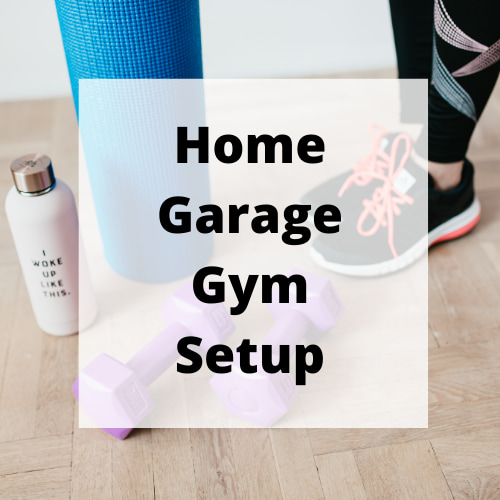How To Keep a Poorly Insulated House Warm: Ingenious Ideas
Are you wondering how to keep a poorly insulated house warm? Fear not, as here are several inexpensive ideas to help you this winter.
This post may contain affiliate links, I earn from qualifying purchases at no extra cost to you. Click here for my disclosure policy
If you’re grappling with the challenges of maintaining warmth in a poorly insulated house during the winter months, fret not! We’ve curated several creative and budget-friendly solutions to ensure your home remains cozy when the mercury plummets. From ingenious DIY heating hacks to clever insulation tricks, these ideas will transform your home into a snug haven during the cold season.

How To Keep a Poorly Insulated House Warm Video
Table of Contents
- 1 How To Keep a Poorly Insulated House Warm Video
- 2 How To Keep a Poorly Insulated House Warm: Ingenious Ideas
- 3 Make Sure Vents Aren’t Blocked
- 3.1 Ceiling Fan Reverse
- 3.2 Oven Heat
- 3.3 Thermostat Adjustment
- 3.4 Dress Warmer
- 3.5 DIY Fleece Poncho
- 3.6 Use Space Heaters to Zone Heat
- 3.7 Extra Blankets
- 3.8 Close Window Blinds, Drapes, and Curtains
- 3.9 Insulate Attic, Crawl Spaces, and Roof
- 3.10 Insulate Your Garage and Basement
- 3.11 Focus on Sunlight
- 3.12 Upgrade Your HVAC System
- 3.13 Control Indoor Humidity
- 3.14 Maintain Your Cooling System
- 4 Winter Hacks
- 5 How To Keep a Poorly Insulated House Warm: Ingenious Ideas Video
How To Keep a Poorly Insulated House Warm: Ingenious Ideas
Are you asking some of the following questions?
- How can I stop my house being so cold?
- How do you keep a house warm without insulation?
- How do you keep an old drafty house warm?
- How do you keep a poorly insulated house warm?
Here are some ideas to help you keep your house warm, and many are inexpensive and on a budget.
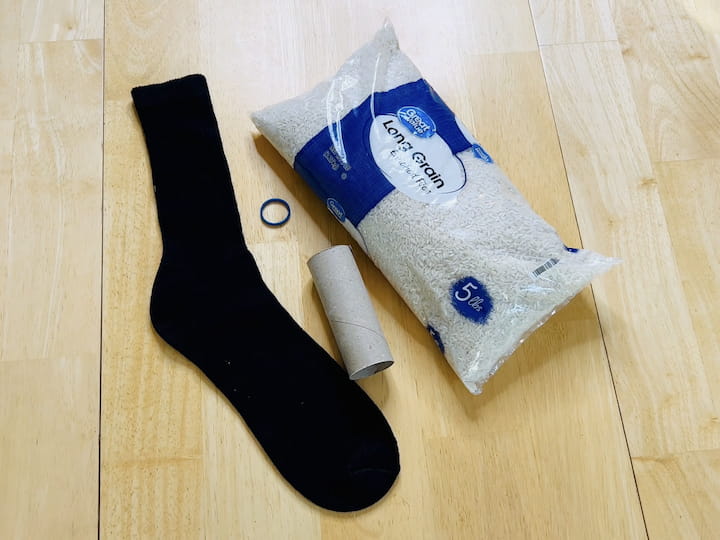
Rice-Filled Sock Heater
To create your own DIY heating pad, gather the following items:
- A sock
- A toilet paper tube (or paper towel tube)
- Rubber band
- Rice
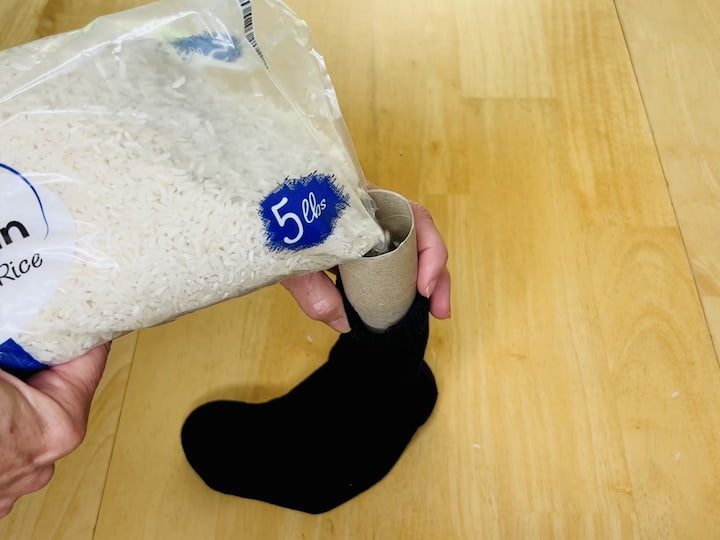

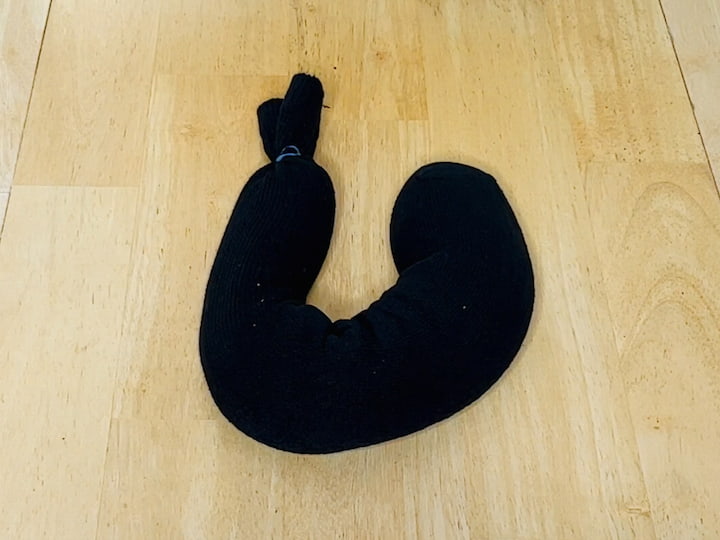
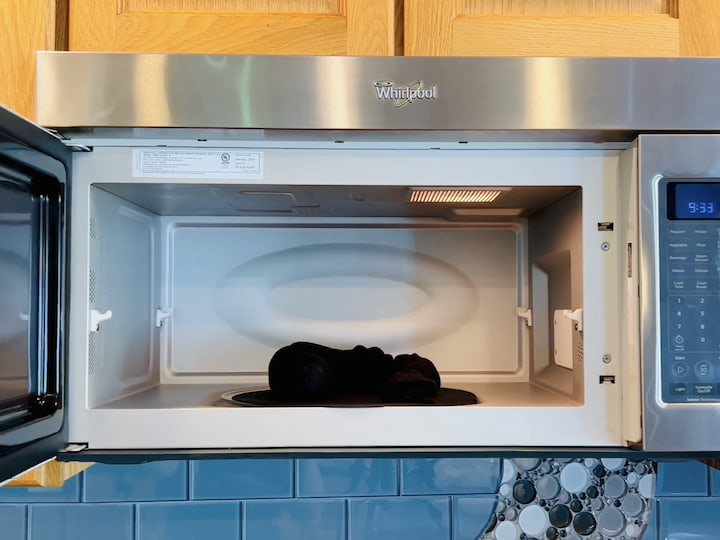
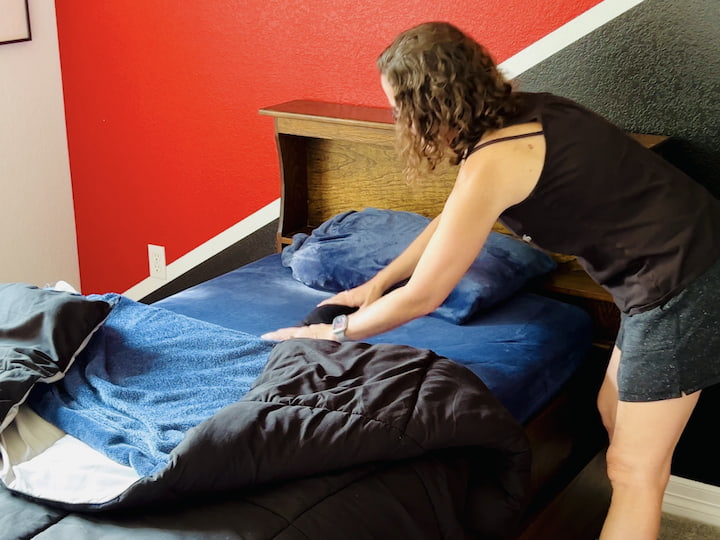
Here’s the process:
- Place the toilet paper tube into the sock (or use a paper towel tube).
- Pour rice into the sock through the toilet paper tube to make the task easier.
- Seal the other end of the sock with a rubber band.
- Microwave the sock for 1 to 5 minutes, depending on your microwave’s power.
- Carefully remove the heated sock from the microwave (use oven mitts if necessary).
- Place the warm sock in your bed to preheat it before bedtime.
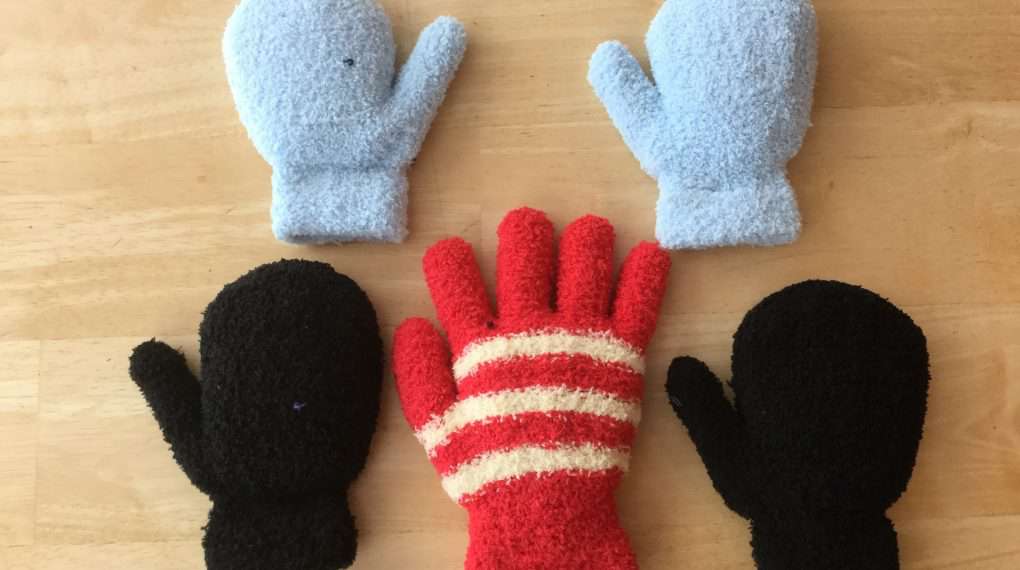
DIY Hand Warmers
Craft reusable hand warmers by filling mittens with rice and sealing them shut. These versatile warmers can be microwaved for soothing heat or placed in the freezer for use as cold packs. You can find this full tutorial at 3 Amazing, Inexpensive, and Easy Repurposed Clothing Ideas with Video
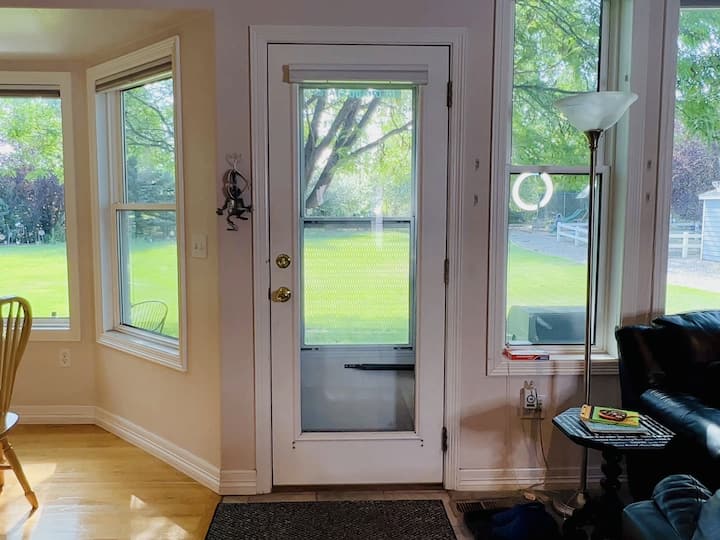
Seal Air Leaks
Air leaks around doors, windows, air vents, and even your fireplace chimney can introduce draughts and chilly air. Invest in door sweeps, sealant, or draught excluders to seal these gaps effectively. Double glazing and quality window frames can also make a substantial difference in reducing air leaks.
Door Draft Stoppers
Combat chilly drafts that sneak in through doors with these simple solutions:
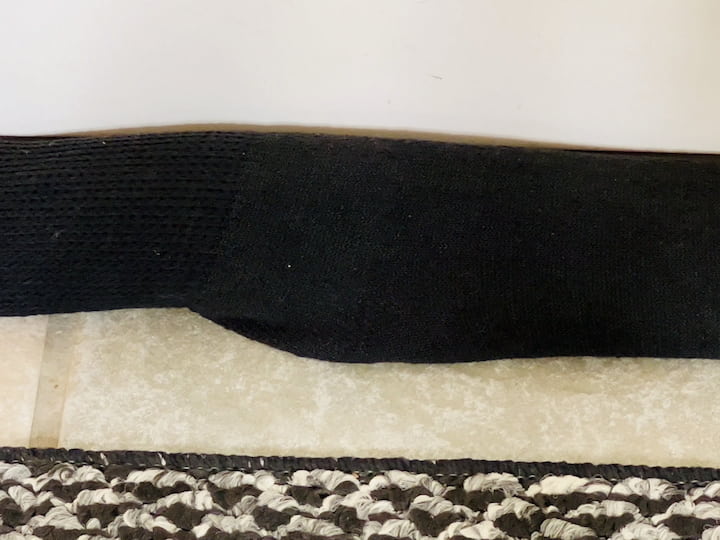
a. Sock Draft Stopper
Repurpose a sock by filling it with rice and placing it in front of a drafty door.


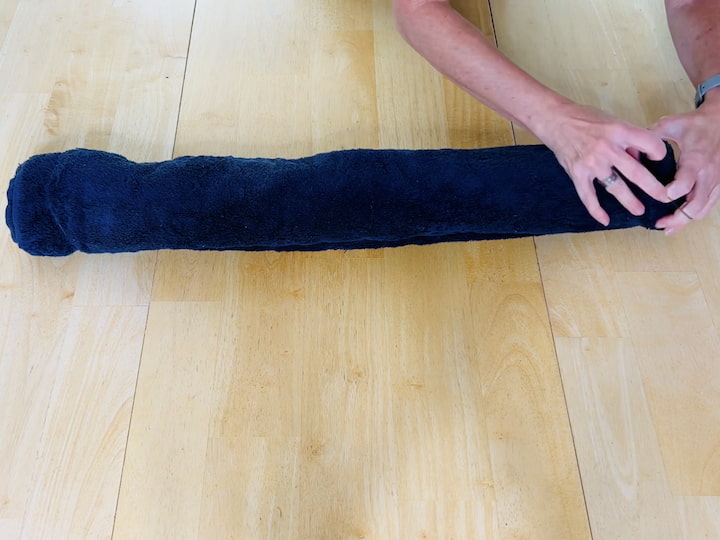
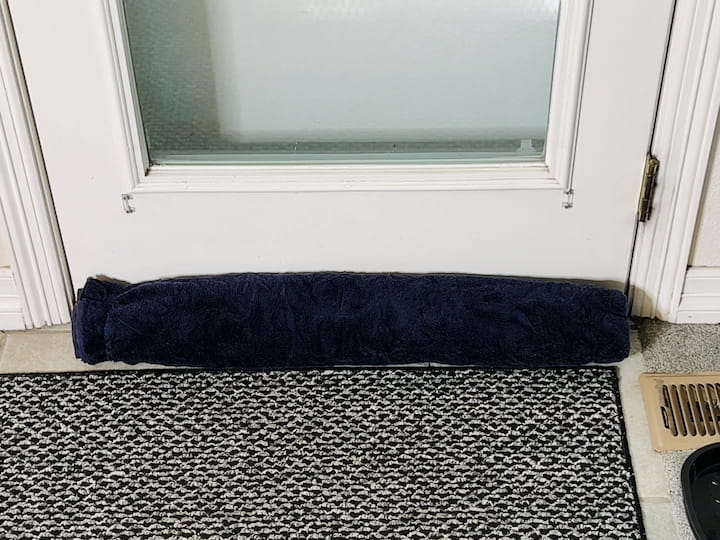
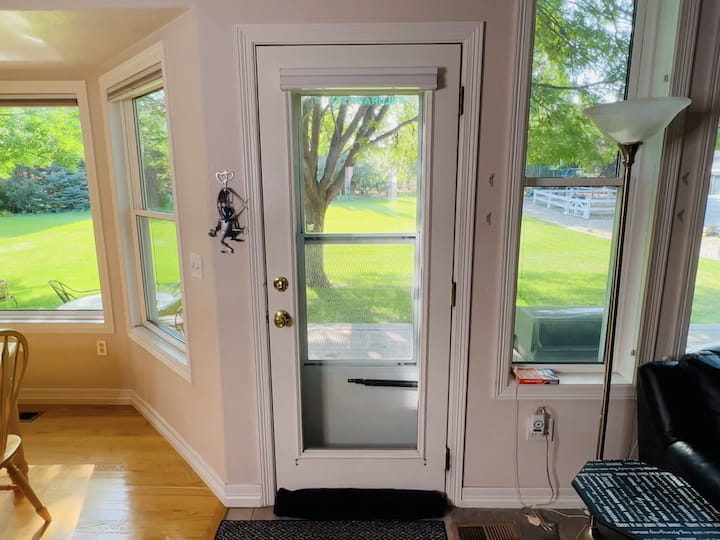
b. Towel Draft Stopper
Fold a towel in half and roll it up tightly, securing each end with a rubber band. Position it at the base of draft-prone doors or windows.
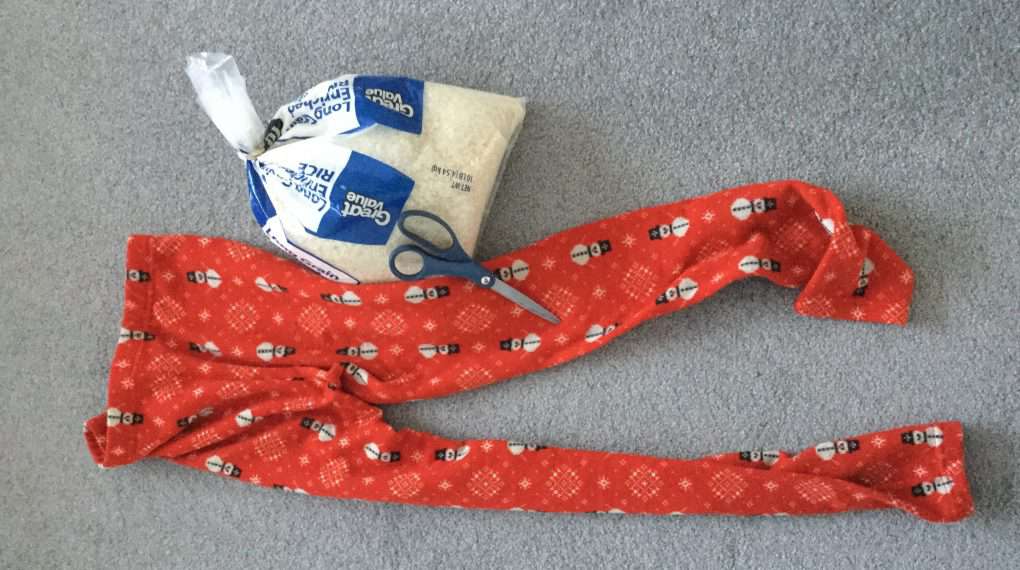
c. Leggings Draft Stopper
Don’t toss those old leggings! Cut off one leg, fill it with rice, seal it, and slide it into another leg for added insulation. Secure both ends with rubber bands. This option works well for both doors and windows. You can find this full tutorial at 3 Amazing, Inexpensive, and Easy Repurposed Clothing Ideas with Video
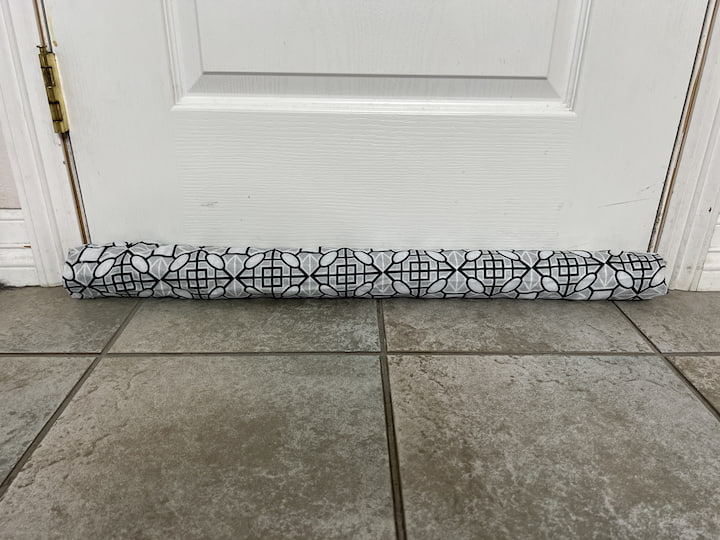
Pool Noodle Door Insulator
For a more aesthetically pleasing door draft solution:
- Measure your door’s width.
- Cut a pool noodle to match the measurement.
- Slip the pool noodle inside a decorative pillowcase.
- Hot glue the open end of the pillowcase to the pool noodle.
- Attach adhesive-backed Velcro strips to the pillowcase for easy attachment and removal from your door.
You can find the full tutorial and pictures at Super Easy and Useful Pool Noodle Hacks You Wish You Knew Sooner
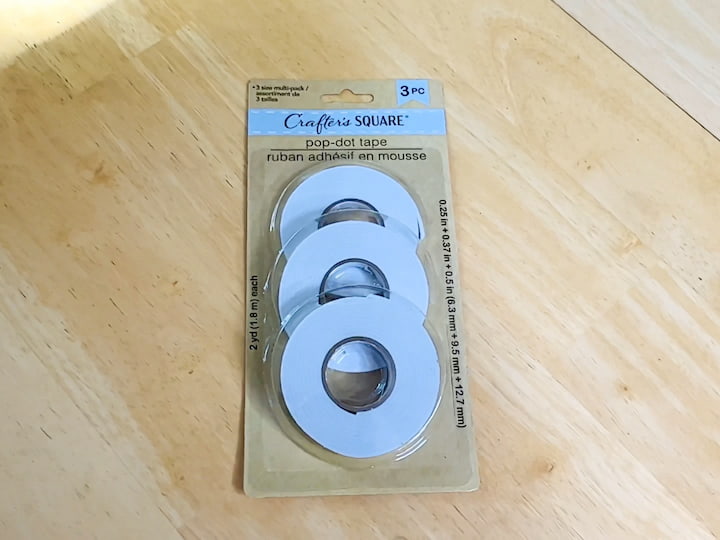
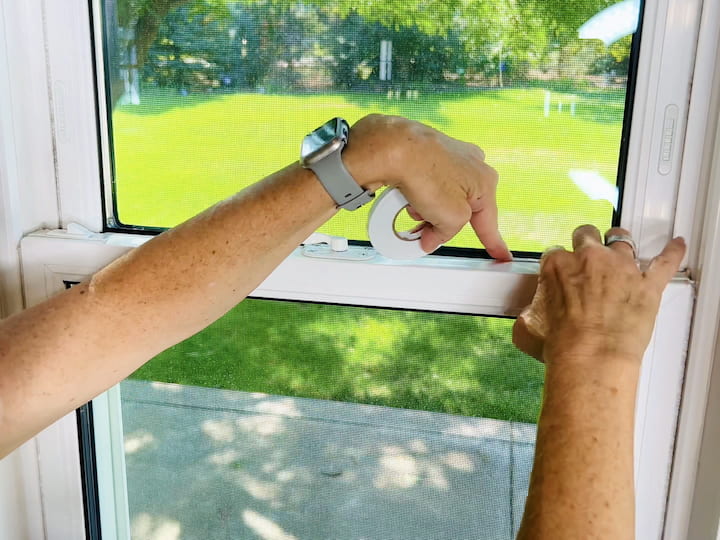
Use Crafters Tape for Window Insulation
Seal gaps and cracks around windows with crafters tape for improved insulation. You can buy window insulation on Amazon as well.
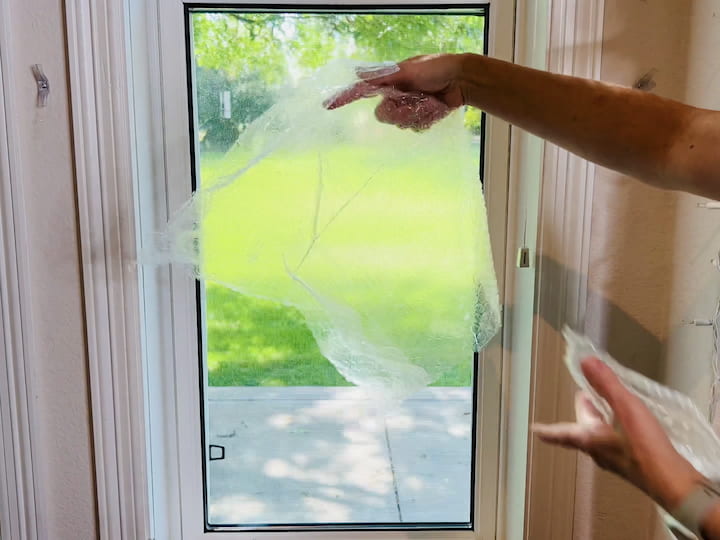
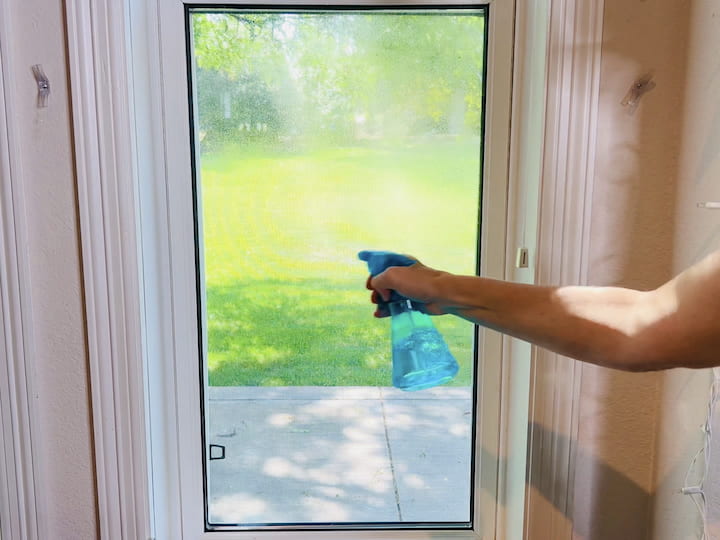

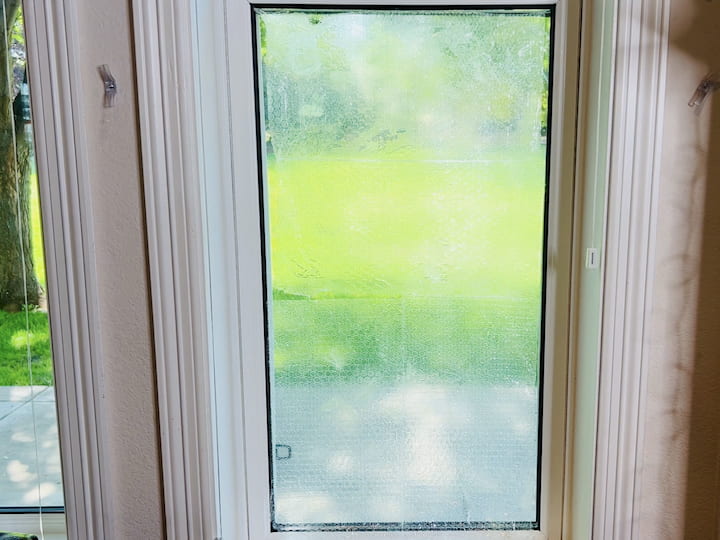
Window Insulation with Bubble Wrap
Enhance window insulation with this budget-friendly method:
- Spray your window with water or rubbing alcohol.
- Apply bubble wrap to the moistened window; it will stick in place.
- Optionally, use painter’s tape for added support.

Close Unused Room Vents
Conserve heat by closing vents in less frequently used rooms.
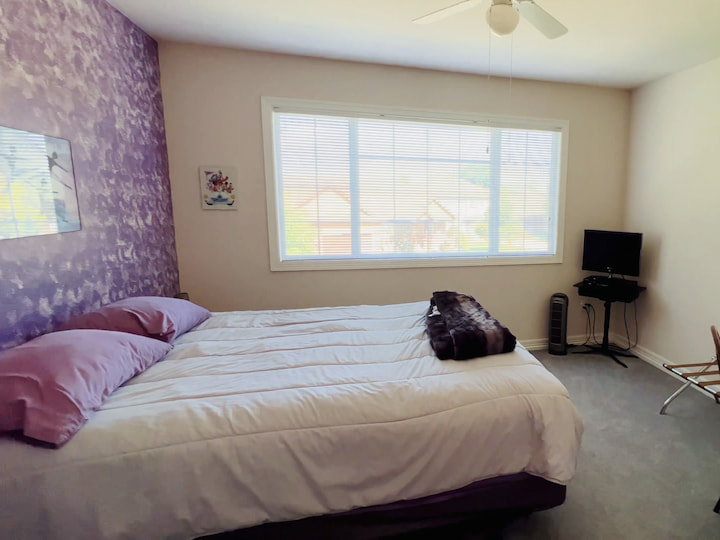

You can close off the room entirely by closing the vents, turning down blinds, and closing the door as well.
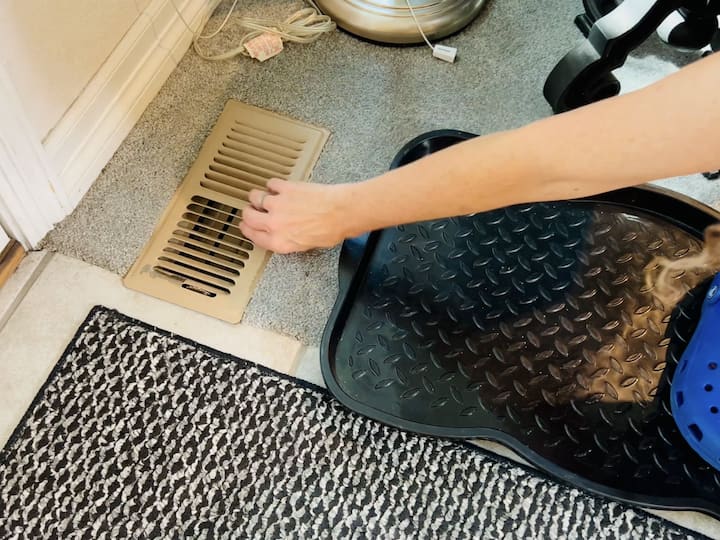
Make Sure Vents Aren’t Blocked
Make sure furniture and other items aren’t blocking vents so that the warm air comes into the room easily to heat your home.

Ceiling Fan Reverse
Optimize your ceiling fan’s utility during winter by reversing its rotation. This pushes warm air downward, increasing overall comfort.
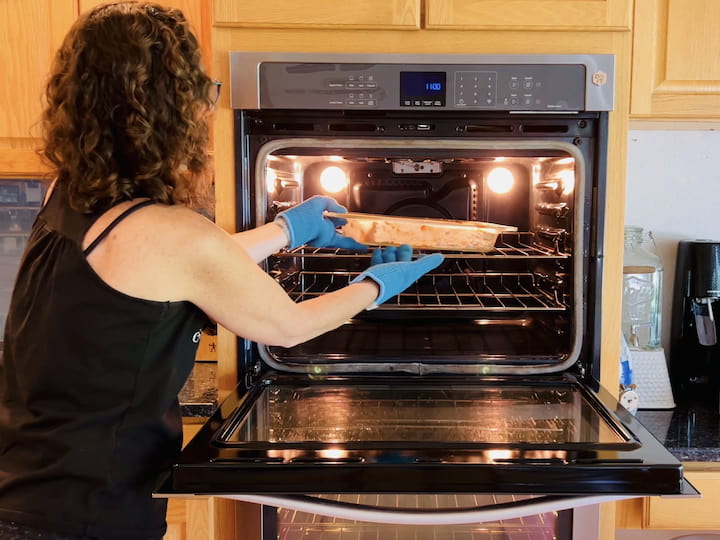
Oven Heat
Leverage your oven for cooking and baking during winter, providing extra warmth to your home.
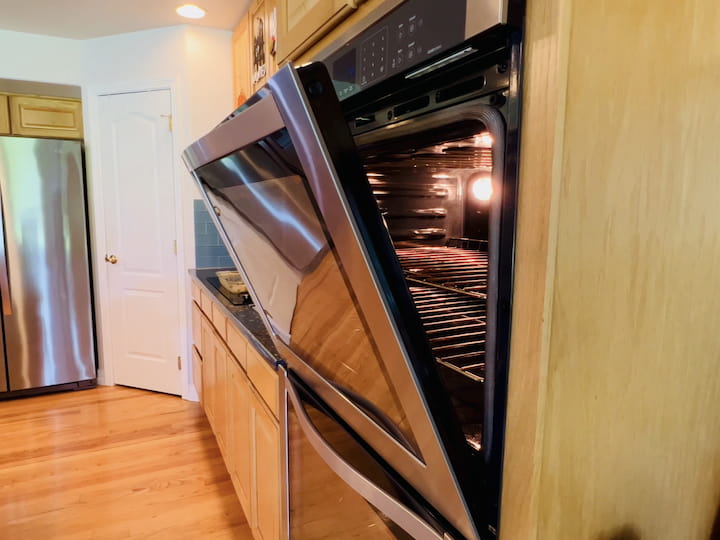
Leave the oven door open after cooking to heat your home while it blows out the oven to cool it down. Additionally, running the self-cleaning cycle can generate additional heat.

Thermostat Adjustment
Lower your thermostat by 10°F and dress warmly to reduce heating costs without sacrificing comfort. We have a programmable thermostat that helps our home as well, keeping it a little warmer while we’re awake and cooler while we sleep.
Dress Warmer
Combat the cold indoors by wearing extra layers of clothing and cozy blankets.
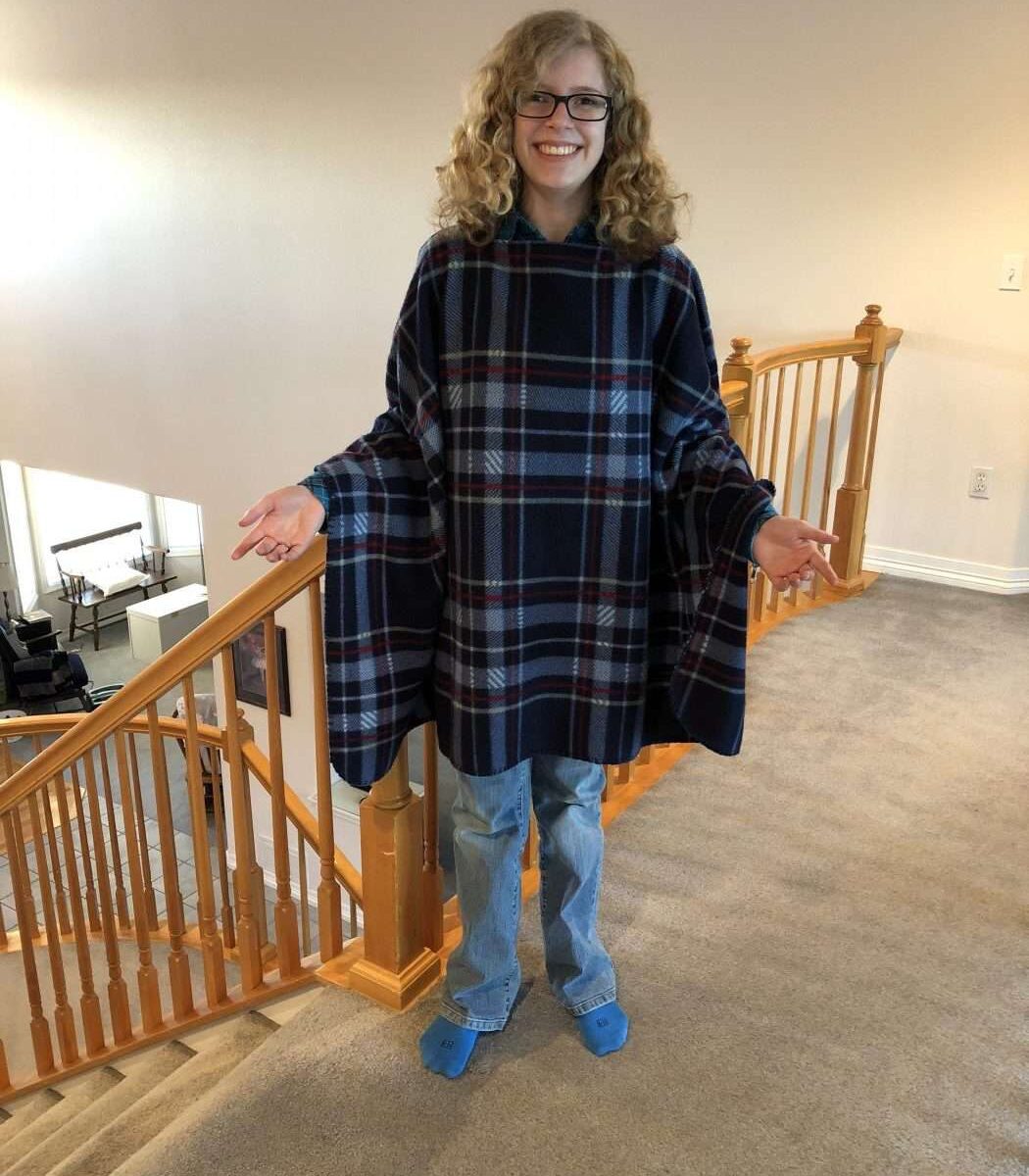
DIY Fleece Poncho
Stay warm and mobile with a simple fleece poncho crafted from a folded blanket. Perfect for relaxing on the couch or working at your computer. You can find this full tutorial at 3 Amazing, Inexpensive, and Easy Repurposed Clothing Ideas with Video

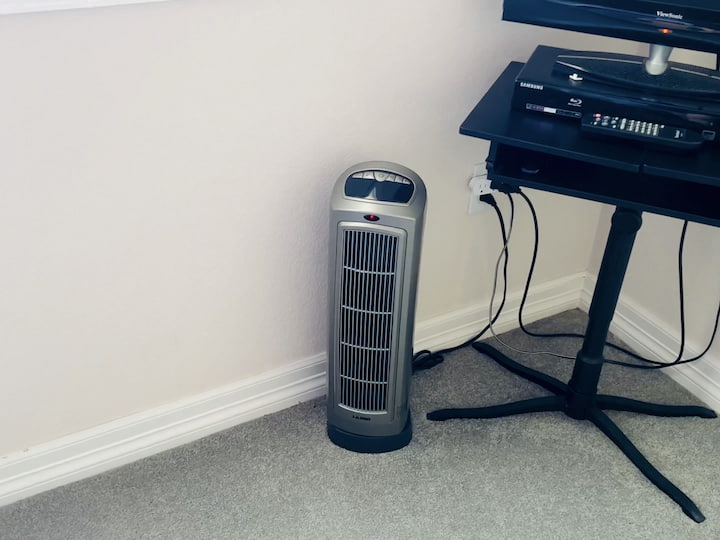
Use Space Heaters to Zone Heat
Consider using a space heater or electric floor heater to heat individual rooms, providing targeted warmth where you need it most. This approach allows you to bypass heating your entire house and focus on creating comfortable spaces within your home. By employing space heaters strategically, you can maximize energy efficiency and keep the rooms you occupy cozy without wasting energy on unutilized areas. Space heaters are a practical solution to zone heat your home. By using them in specific rooms, you can avoid overtaxing your central heating system and save on energy costs in the long run.
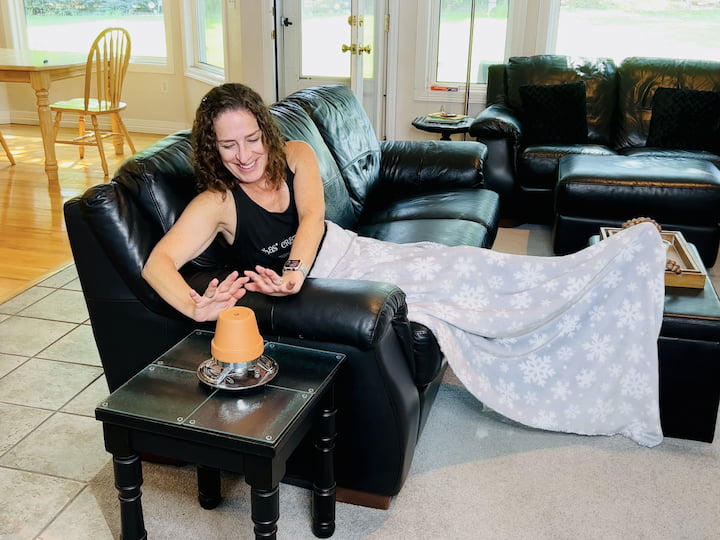
DIY Space Heater
Create a compact DIY space heater using common items:
- Apple slicer
- Two terracotta pots (one small, one large)
- Tealight candle
- Trivet
Follow these steps:
- Place a tealight on a trivet and light it.
- Position the apple slicer upside down over the tealight.
- Stack the smaller terracotta pot on top of the apple slicer.
- Add the larger terracotta pot on top.
- Adjust the size of the pots to control the heat output.
You can find the full tutorial at Easy and Inexpensive DIY Space Heater
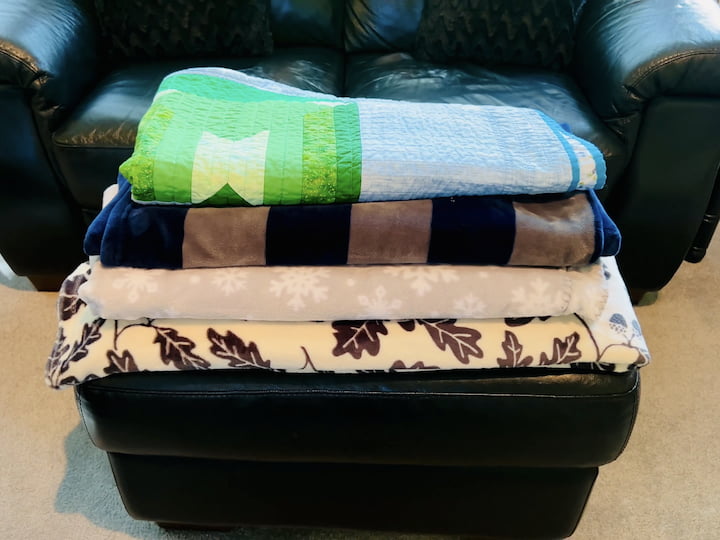

Extra Blankets
Keep spare blankets readily accessible in your living room and bedroom for quick warmth whenever needed.
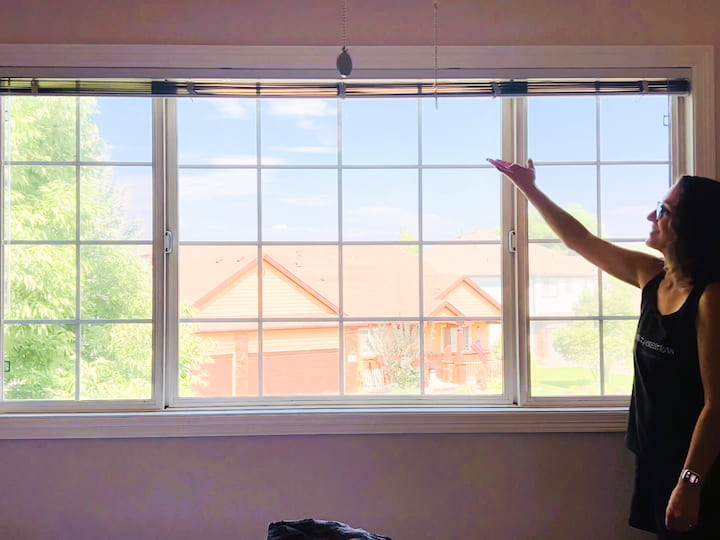
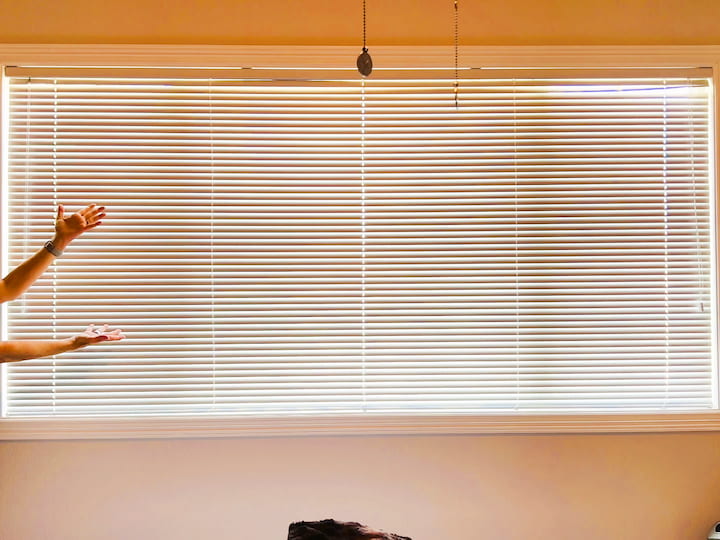
Close Window Blinds, Drapes, and Curtains
Maximize heat retention by closing blinds, drapes, and heavy curtains during the evening to prevent heat from escaping through your windows.

Insulate Attic, Crawl Spaces, and Roof
Ensure your attic and crawl spaces are well-insulated to prevent heat loss through the roof and foundation. You can also replace or add attic insulation, crawl space insulation, and roof insulation to your home.
A significant portion of your home’s heat loss occurs through the roof. By ensuring your attic insulation is up to par, you can prevent warm air from escaping and cold air from seeping in. Consider upgrading your insulation to options like cellulose or spray foam insulation for improved energy efficiency.
Insulate Your Garage and Basement
Don’t overlook your garage doors and basement areas when it comes to insulation. Properly insulating these spaces can prevent cold air from infiltrating and affecting the overall temperature in your home.
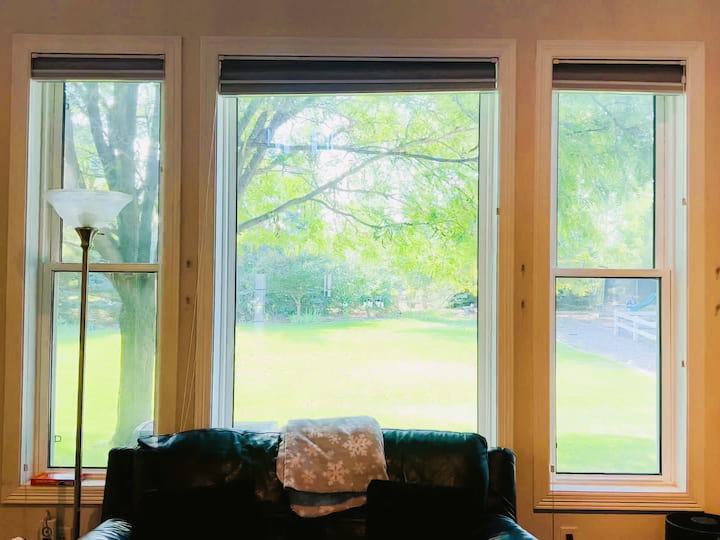
Focus on Sunlight
During daylight hours, invite sunlight into your home to naturally warm your living spaces.
Upgrade Your HVAC System
Investing in a quality HVAC system with a high-efficiency furnace filter is crucial for maintaining a comfortable and energy-efficient home. Regularly replace the furnace filter to ensure clean and warm air circulation while minimizing dust and pests.
Control Indoor Humidity
Dry air not only feels colder but can also increase the risk of health issues. Consider using humidifiers to maintain optimal air humidity levels in your home, making it more comfortable during the winter months.
Maintain Your Cooling System
While it’s essential to keep the cold air out, you should also ensure your cooling system is in good shape. Clean air filters, check for any air leaks around the cooling system, and consider floor heaters to provide warmth where needed.
Winter Hacks

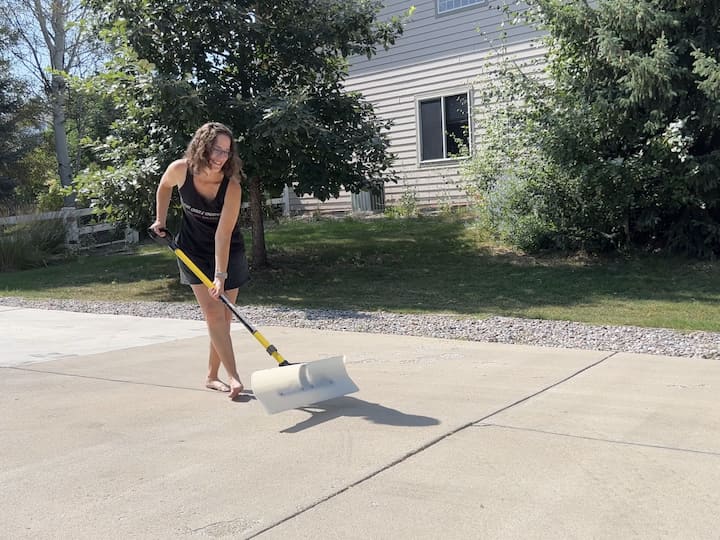
Shovel Prep
Prevent snow from sticking to your shovel by applying a coating of vegetable oil or cooking spray before shoveling.

If it’s a light snow use your broom to brush off sidewalks and porches.
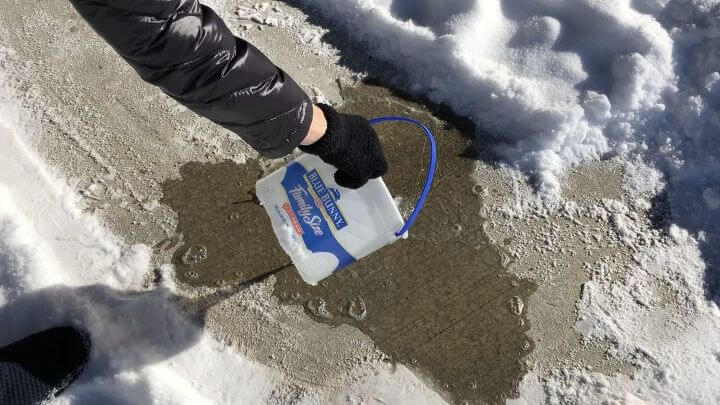
DIY Deicer
Mix a solution of water, rubbing alcohol, and Dawn dish soap to create an effective homemade deicer. Use it to thaw your car or melt ice on sidewalks and driveways.
You can find the full tutorial at Awesome Homemade DIY Deicer for Your Home Using Items You Already Have
How To Keep a Poorly Insulated House Warm: Ingenious Ideas Video
Shop any of these stores and I receive a small commission at no cost to you.
 Bedsure GentleSoft Fleece B...Shop on Amazon
Bedsure GentleSoft Fleece B...Shop on Amazon Space Heater, 1500W Electri...Shop on Amazon
Space Heater, 1500W Electri...Shop on Amazon Vicks Warm Mist Humidifier ...Shop on Amazon
Vicks Warm Mist Humidifier ...Shop on Amazon Bed Buddy Foot Warmers with...Shop on Amazon
Bed Buddy Foot Warmers with...Shop on Amazon GroTheory 2 Pack Door Draft...Shop on Amazon
GroTheory 2 Pack Door Draft...Shop on Amazon MAGZO Door Draft Stopper, 3...Shop on Amazon
MAGZO Door Draft Stopper, 3...Shop on Amazon Frost King V73/9H Indoor Sh...Shop on Amazon
Frost King V73/9H Indoor Sh...Shop on Amazon

Staying warm in a poorly insulated house is no longer a daunting task with these 21 ingenious solutions at your disposal. Whether you opt for DIY heating hacks, insulation techniques, or energy-saving tips, these strategies will ensure your winter is snug and cost-effective. Keep warm and enjoy the chilly season!







